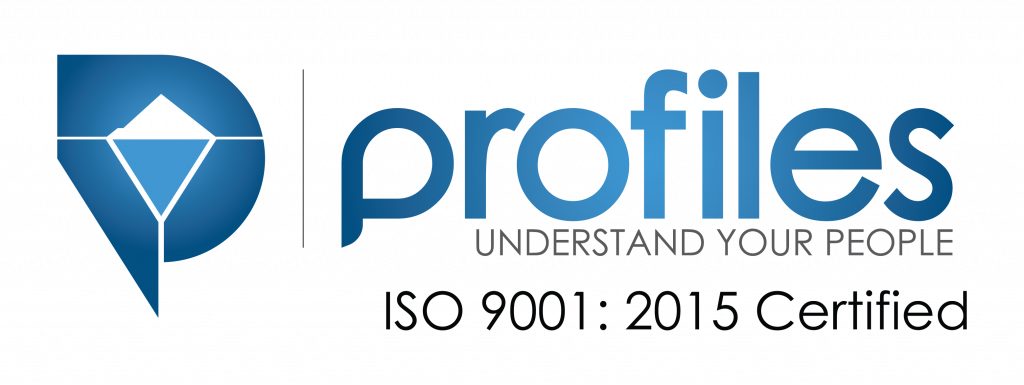People make up the heart of any organization, and HR is responsible for facilitating those people. HR professionals connect employees, select quality candidates, manage working conditions, and ensure everyone has the tools and training to perform to their best potential. In an ideal situation, HR functions to bring good people in, while working to improve and facilitate individuals already in the organization.
Unfortunately, any HR team is only human. Mistakes happen, and without the benefit of a separate team to manage quality, they can go unnoticed. At the same time, HR mistakes can be critical for company success, and should be tackled and fixed as quickly as possible. These common HR mistakes will give you a better idea of what to look for inside your own organization, so you can work to improve.
Ineffective Hiring Practices
Hiring, including the process of recruitment, interviewing, and assessment, is one of HRs many roles, but it is one that is often done incorrectly. HR departments often rely solely on interviews to gauge employees and their suitability for roles, which can result in hiring individuals who are good at selling themselves rather than the best candidates.
Incorporating multiple steps into the hiring process, including complete and detailed job profiles, ideal candidate profiles based on internal competency and job profiles, appropriate and measurable interview processes, and a system or framework with which to compare candidates.
It’s also important to integrate cultural elements into hiring. Here, you could invite prospective candidates to work for a day in the office, invite them out to an event, or otherwise engage with them inside the actual work environment. Of course, hiring for culture fit isn’t always the best option, as you also want to challenge existing culture and grow or improve.
Onboarding and Job Classification
Onboarding and job classification issues are extremely common in many organizations, especially as roles and their relevance change over time. If your job classification and job role frameworks are not up to date, hires won’t be properly integrated and may be given a confusing jumble of non-relevant tasks.
Streamlining onboarding and job classification means creating clear job descriptions, classifying jobs appropriately, creating a strong employee handbook, and then creating an onboarding process. Here, the best way to do so is to use coaching or mentoring techniques, where new hires are handed into existing teams and mentored by seniors in their role or in their squad or team.
Management and Leadership Training Issues
Many organizations implement some form of leadership and training, either with the intent of promoting someone in a technical role into leadership, or to improve the skills of a management hire. Poorly trained managers can cost your organization a great deal in terms of productivity, money, and even legal issues, as even asking the wrong questions can break the law.
Management and leadership should be trained in emotional intelligence, should be able to manage individuals and their time with empathy and consideration, and should be working with the goal of helping others to be productive, rather than doing work themselves. If training doesn’t tackle these steps, especially in terms of emotional intelligence and making the switch from technical work to management work, managers simply won’t do a good job and could be hurting the organization.
Poor Performance Management
Performance management is often at the top of everyone’s minds, but it’s difficult to implement and handle in a good way. Many organizations utilize unstructured salary increases, individual performance bonuses, and even punishment based disciplinary actions that do nothing for employee motivation or morale.
Here, reviewing practices to create structured reasons for increases and benefits, non-salary benefits, and team-based performance bonuses based on performance, with individual performance bonuses based on competency or personal improvement, can greatly improve motivation across teams.
HR mistakes impact the entire organization, which is why it’s important to review and fix them. In some cases, “mistakes” are nothing more than poor or outdated practices, which leave a great deal of room to improve. In either case, streamlining HR will result in improvements across your business, and you will see changes in performance, culture, and motivation.




